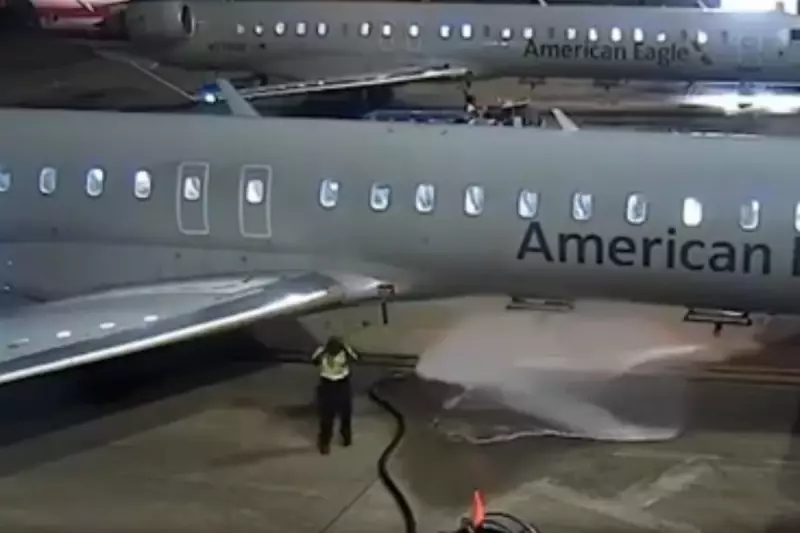
A major operational crisis unfolded at Dallas/Fort Worth International Airport (DFW) on Tuesday when a critical fuel supply failure brought travel to a near-standstill, causing significant disruption for thousands of passengers.
What Went Wrong at DFW?
The chaos began when a damaged fuel hose connector at the airport's main fuel depot rendered the facility inoperable. This crucial infrastructure failure meant that aircraft simply couldn't refuel, creating a domino effect across the entire airport.
American Airlines, which operates its largest hub at DFW, bore the brunt of the disruption. The carrier was forced to implement a ground stop for all arriving regional flights and cancel numerous departures as the situation developed.
Passenger Nightmare Unfolds
Travelers found themselves caught in an escalating situation with limited information. Social media quickly filled with frustrated posts from stranded passengers showing crowded terminals and growing queues at customer service desks.
One passenger tweeted: "Stuck at DFW with no information about when we might leave. The screens are showing cancellations everywhere."
Airport Response and Recovery Efforts
Airport authorities worked urgently to restore normal operations, bringing in additional fuel trucks and attempting to source alternative refuelling solutions. However, the scale of the problem meant recovery would take several hours.
DFW Airport officials released a statement acknowledging the "intermittent issues with aircraft fuel availability" and advised passengers to check directly with their airlines for flight status updates.
Broader Impact on Air Travel
The disruption at one of America's busiest airports inevitably caused knock-on effects across the national air travel network. Flights destined for DFW were diverted to other airports, while connecting passengers faced missed connections and extended delays.
This incident highlights the vulnerability of modern air travel systems to single points of failure and raises questions about infrastructure resilience at major transportation hubs.





